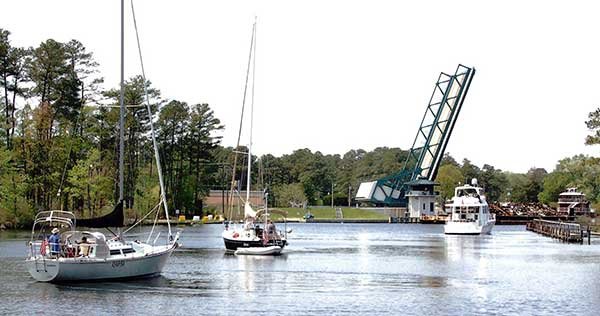Towing a dinghy behind a sailboat is a classic dilemma and sailors have come up with many possible solutions. The ideal method depends on the size and type of dinghy and the sailboat and the sea and wind conditions. Generally, there is no one-size-fits-all solution. It is better to be flexible for making changes underway.
Fundamental Ideas to Tow a Dinghy
- When it is a hard dinghy that tracks well in calm water, attach the painter at the bow about 6 inches or more below the stem. This will ensure that the bow is riding high.
- In case it is an inflatable, you can take the help of a towing bridle which will connect on each side of the bow for ensuring that the dinghy is being pulled straight.
- You need to use a floating line for the painter to make sure that the line doesn’t drop underwater and cause a problem for the rudder or prop of the towing boat. It is an actual problem and might lead to many emergency situations if overlooked.
- You can’t be sure that water is going to remain flat during the time. Thus, you should move the outboard engine of the dinghy to the rail mount. Dinghies are overturned by the waves and outboard are ruined or lost by immersion.
Tips for Rough Conditions
Many problems can arise due to waves, wind, and currents – though usually you are safe in the Med, for example sailing in Croatia. Take a look at the most common problems and the solutions to it.
- The waves might cause the dinghy to surf forward and might strike the boat. The dinghy might also be spun around and can lead to damage. The possible solutions to these are,
- Lengthening the painter that your dinghy can be towed further. This will give it time to recover from every wave and then fall back prior to striking the boat.
- Pulling the inflated dinghy close to the stern and then rig a line from every towing eye out to stern sailboat quarter. When these lines are tightly pulled, the dinghy is going to snub against the stern and will not twist. Many sailors do this even when the bow is lifted above water.
- A strong wave or wind from the side endangers to fill the dinghy or overturn it. This is a serious situation. When a lightweight inflatable as the outboard is removed, the dinghy becomes more prone to flipping.
- If there is a danger of flipping because of the wind instead of the waves, you should splash some water on the dinghy using a bailing bucket. This will help in stabilizing it.
- You can carry an inflatable along the side to protect it from waves and wind. Move the point of painter attachment in front of the bean so that your dinghy rests against the hurl.
- The dinghy is capsized and moves underwater. This is going to great drag which might lead to immediate damages. The tension can cause the rip out tow eyes and snap the painter.
- For recovering the dinghy, you should bring the painter to the front. When it is beside the boat, you can be hoisted and cleared off the water.







